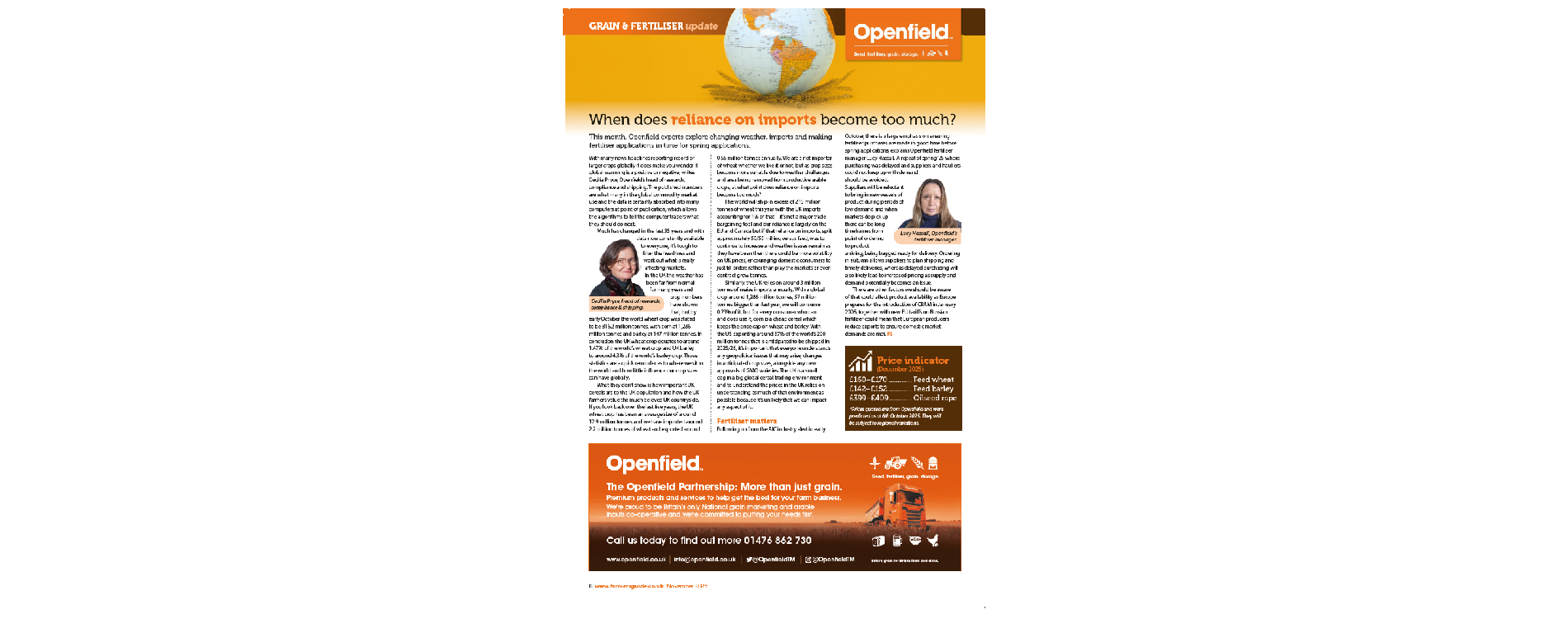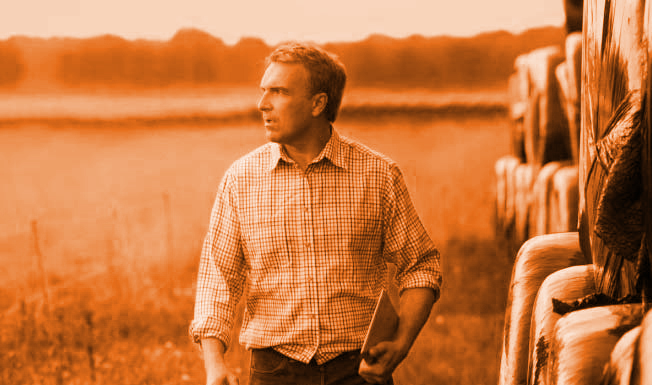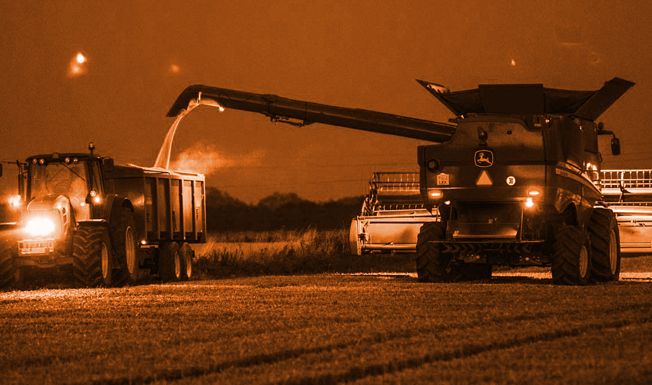When does reliance on imports become too much?
The following article has been written for and published by Farmers Guide. It is protected by copyright and may not be reproduced in part or whole without the written express permission of both Openfield and Farmers Guide.
This month, Openfield experts explore changing weather, imports and making fertiliser applications in time for spring applications.
With many news headlines reporting record or larger crops globally it does make you wonder if global warming is a positive or negative, writes Cecilia Pryce, Openfield’s head of research, compliance and shipping. The published numbers are what many in the global commodity market use and the data is certainly absorbed into many computers at point of publication, which allows
the algorithms to tell the computer traders what they should do next.
Much has changed in the last 35 years and with data now constantly available to everyone, it’s tough to filter the headlines and work out what is really affecting markets. In the UK the weather has
been far from normal for many years and crop numbers have shown that, but by early October the world wheat crop was stated to be 816.2 million tonnes, with corn at 1,286 million tonnes and barley at 147 million tonnes. In conclusion the UK wheat crop equates to around 1.47% of the world’s wheat crop and UK barley to around 4.3% of the world’s barley crop. Those statistics are a quick reminder as to where we sit in the world and how little influence our crop sizes can have globally.
What they don’t show is how important UK cereals are to the UK population and how the UK farmers value the much beloved UK countryside. If you look back over the last five years, the UK wheat crop has been an average size of around 12.9 million tonnes and we have imported around 2.2 million tonnes of wheat and exported around 0.55 million tonnes annually. We are a net importer of wheat whether we like it or not, but as crop sizes become more variable due to weather challenges and area being removed from productive arable crops, at what point does reliance on imports become too much?
The world will ship in excess of 215 million tonnes of wheat this year with the UK imports accounting for 1% of that – it’s not a major trade bargaining tool and our reliance is largely on the EU and Canada but if that reliance on imports, split approximately 50/50 milling versus feed, was to continue to increase and weather issues remain as they have been then there could be more volatility
on UK prices, encouraging domestic consumers to just fill orders rather than play the markets or even contract grow tonnes.
Similarly, the UK relies on around 3 million tonnes of maize imports annually. With a global crop around 1,286 million tonnes, 57 million tonnes bigger than last year, we will consume 0.23% of it, but for every consumer who can and does use it, corn is a cheap cereal which keeps the price cap on wheat and barley. With the US exporting around 37% of the world’s 200 million tonnes that is anticipated to be shipped in 2025/26, it’s important that everyone understands any geopolitical issues that may arise, changes in anticipated crop sizes, alongside any new approvals of GMO varieties. The UK is a small cog in a big global cereal trading environment and to understand the prices in the UK relies on understanding as much of that environment as possible because it’s unlikely that we can impact any aspect of it.
Fertiliser matters
Following on from the AIC industry alert in early October, there is a large emphasis on ensuring fertiliser purchases are made in good time before spring applications, explains Openfield fertiliser
manager Lucy Hassall. A repeat of spring ‘25 where purchasing was delayed and suppliers and hauliers could not keep up with demand should be avoided.
Suppliers will be reluctant to bring in new vessels of product during periods of low demand and when markets do pick up there can be long timeframes from point of ordering to product arriving, being bagged ready for delivery. Ordering in autumn allows suppliers to plan shipping and timely deliveries, whereas delayed purchasing will also likely lead to increased pricing as supply and demand potentially becomes an issue.
There are other factors we should be aware of that could affect product availability as Europe prepares for the introduction of CBAM in January 2026, together with new EU tariffs on Russian fertiliser could mean that European producers reduce exports to ensure domestic market demands are met. FG




